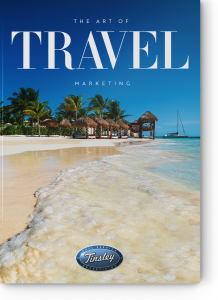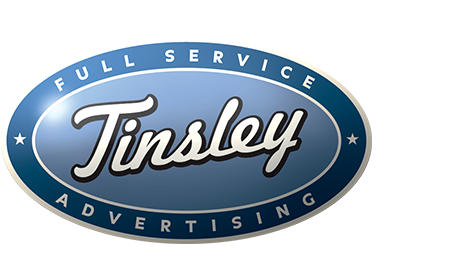How Data Fills the SALES FUNNEL

By Scott Sussman

In a world of ever-evolving technology, the media landscape and the way people consume
No matter how we initially reach them, our sole mission is to drive prospects through a funnel that leads to one thing: a sale, with ideally, a long-term relationship. The biggest change with the advent of technology is that we’ve never been better able to capture data along the way that allows us to customize our message to the people we’re trying to reach.
Today, even traditional media like television and radio are anything but traditional. Set-Top box data has advanced the case that TV is alive and well, and not just through broadcast and cable, but via Over-The-Top television like Apple TV or Roku, and apps on Smart TVs. Data Learning allows us to track viewers on digital devices after they’ve been exposed to a commercial on a Smart TV. And while terrestrial radio may have given way to online radio/audio such as Pandora and Spotify, prospects are still listening, and data gleaned from their listening habits allows us to better target them with precise messaging.
Magazines may be the least dependent on data, but publishers are better equipped to gather more information about their readers and delve deeper into their demographic backgrounds. The point is, once we get that data, we’re better able to deliver a targeted message directly to our prospects through the devices that never leave their hands.
When it comes to marketing travel, the first step is creating a compelling message through imagery, music
Once a prospect has shown interest, they enter the middle of the funnel. In this secondary stage, we’ll use data generated in the upper funnel to send
Now, we’re in the home stretch. We’ve caught their attention and captured their data. We know who they are
But don’t pop any bottles just yet. You’re not finished. You may have made the sale, but the marketing process never ends. Your best customer is your past customer, and you want them to come back again and again. Customer Relation Management (CRM) will allow you to use the data you’ve been collecting throughout the process to remarket to everyone who has expressed interest in your product. By keeping in touch with them through various digital platforms (emails or digital advertising) or print collateral (brochures or postcards), you’ll be able to maintain top-of-mind
Now, go ahead and start planning a vacation of your own and get ready for the next wave of technology to take over.



